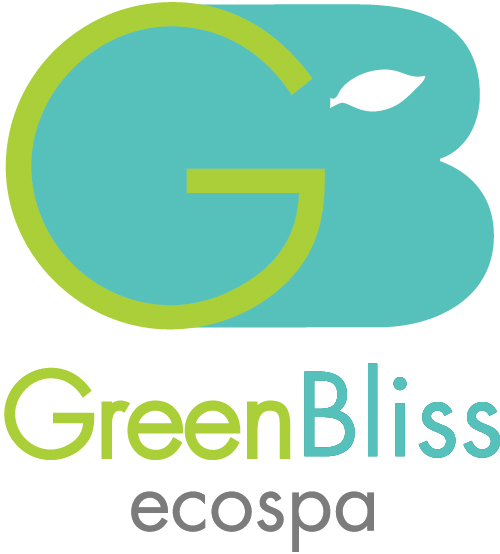Breath = Spirit
 As you may or may not be aware, learning how to deep breathe is a must for physical cleansing and health. But breathing exercises also form the foundation of many ancient practices that promote a deepening of consciousness—meditation, mindfulness, yoga, chi gong. In the Middle East the word for breath (ruach in Hebrew and ruhain in Aramaic) also means Spirit. The way in which we breathe is also the way in which we embody Spirit. Deep flowing breath is a sign of health, balance, and fullness of spirit. Short shallow breath indicates stress. Breath is the simplest most direct way to focus our energy and to connect with the center of awareness. Breathing through a stressful time is an effective way to let go of the tension that accumulates in the body. A few long deep breaths at a difficult moment can completely change the way we handle a situation. By changing the way we breathe, we can change emotional and physical states. Feelings and emotions can therefore be released and cleared out of the body by working with the breath.
As you may or may not be aware, learning how to deep breathe is a must for physical cleansing and health. But breathing exercises also form the foundation of many ancient practices that promote a deepening of consciousness—meditation, mindfulness, yoga, chi gong. In the Middle East the word for breath (ruach in Hebrew and ruhain in Aramaic) also means Spirit. The way in which we breathe is also the way in which we embody Spirit. Deep flowing breath is a sign of health, balance, and fullness of spirit. Short shallow breath indicates stress. Breath is the simplest most direct way to focus our energy and to connect with the center of awareness. Breathing through a stressful time is an effective way to let go of the tension that accumulates in the body. A few long deep breaths at a difficult moment can completely change the way we handle a situation. By changing the way we breathe, we can change emotional and physical states. Feelings and emotions can therefore be released and cleared out of the body by working with the breath.
Breath of Fire – Kapalabhati or rapid diaphragmatic breathing;
Kapalabhati has a remarkable effect as a de-stressing tool and clearing the mind of negative emotions. In fact, the Sanskrit words “Kapal” means the skull and “bhati” means polishing or shining. “Kapalabhati”, as the name suggests, is a method to make the head “sparkling clean” and devoid of toxins.
Who Should Not Do It?
If you’re suffering from cardiac problems, nasal obstruction, cold, or any severe respiratory infection, it is advisable to consult your physician. It should also be avoided if you suffer from high blood pressure, diabetes or abdominal ulcers.
The Method
Although, the cleansing breath is remarkably simple, it is important that it is done properly.
Sit in a comfortable position with spine erect. You can sit either cross-legged or in any position that you feel comfortable. Breathe normally for about a minute. Once composed, you can begin.
First, exercise the diaphragm by exhaling suddenly and quickly through both nostrils, producing a “puffing” sound. (Don’t focus on inhalation. It will be automatic and passive.)
Try this several more times. See if you can actually feel the gusts of air blowing out of your nose on your hands or arms which are folded in your lap. Imagine that if you had a child lying in your lap looking up at you, you could blow her bangs up off her forehead with the force of your exhales.
Keep going and gradually speed up the exhales a bit. The air should be exhaled completely from the lungs with a sudden, vigorous stroke while simultaneously drawing inwards with the abdominal muscles. The breath should be expelled fully. Inhaling is automatic – the abdominal muscles will relax automatically.
Another way to learn it is to open your mouth, stick out your tongue, and pant like a dog. Get it going very vigorously, then simply close your lips. Keep the panting going through your nostrils, pumping your belly to push the breath up and out of your nostrils.
NOTE: you might feel a little dizzy or lightheaded after you do this exercise. This is normal if you aren’t used to this much oxygen flooding your brain. Stay seated until the sensation has passed, because it will.
This exercise should be done in three rounds, each consisting of 11 strokes (for the beginner).
Each round should take about a minute. A little rest can be taken in between the rounds at your convenience. Throughout the exercise, the chest should be kept still without expansion or contraction. Only the diaphragm is used for breathing and not the upper chest.
Over time, the number of strokes per minute can be gradually increased from 11 to about 30.
Here are some of the benefits attributed to Kapalabhati:
Physiological:
The heat generated has powerful effects on the respiratory system as it purifies the nasal passage and the lungs.
Even in cases of asthma, it removes spasm in bronchial tubes.
It stimulates the digestive organs and the circulatory system. It increases the exchange of gases in the lungs: There is large-scale elimination of carbon dioxide and a huge absorption of oxygen.
Mental/Emotional:
As with anything that floods the brain with copious amounts of oxygen – you’ll feel calmer and less tense, peaceful and more relaxed.
For maximum benefits, this technique should be done on an empty stomach or at least 2 hours after eating and twice daily. But if this is not possible, then by all means, find time to do a little Kapalabhati whenever you can. You’ll notice an amazing improvement in your energy levels immediately.
Here’s to Spring Cleaning on ALL levels!

Recent Comments